Tag: vitamins
-

What is an overhang climbing wall?
An overhang climbing wall is a section of a climbing wall that angles outwards from the vertical plane, creating a steep incline that climbers must ascend. This type of wall increases the difficulty of climbing routes due to the need for greater strength, technique, and endurance to overcome the force of gravity pulling the climber…
-
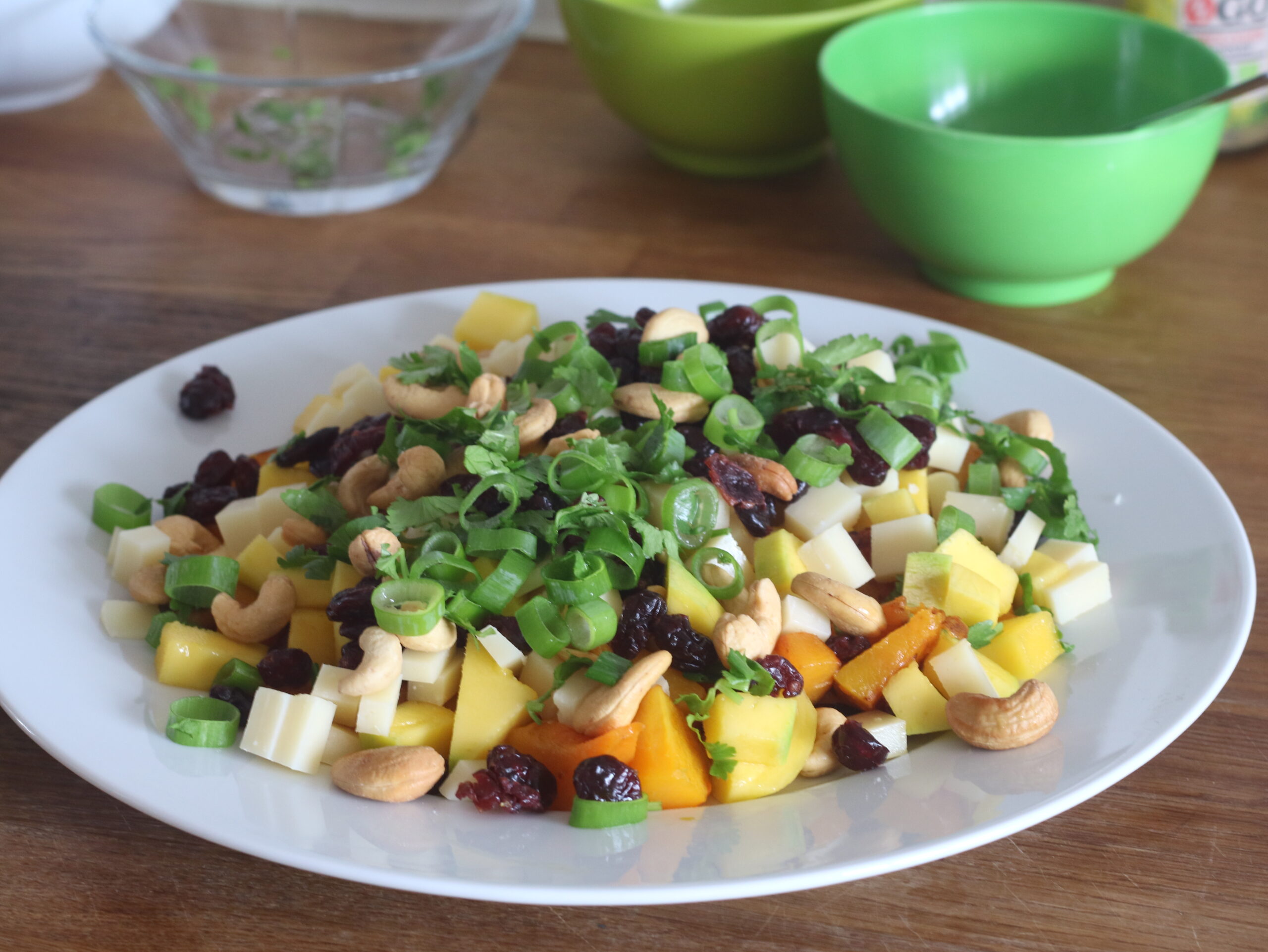
What is a good diet for climbers?
A good diet for climbers should focus on providing the necessary energy, nutrients, and hydration to support intense physical activity, promote recovery, and maintain overall health. Here’s a detailed guide to a balanced diet for climbers: 1. Macronutrients: Carbohydrates: Proteins: Fats: 2. Micronutrients: Vitamins and Minerals: 3. Hydration: 4. Pre-Climb Nutrition: 5. During Climb Nutrition:…
-
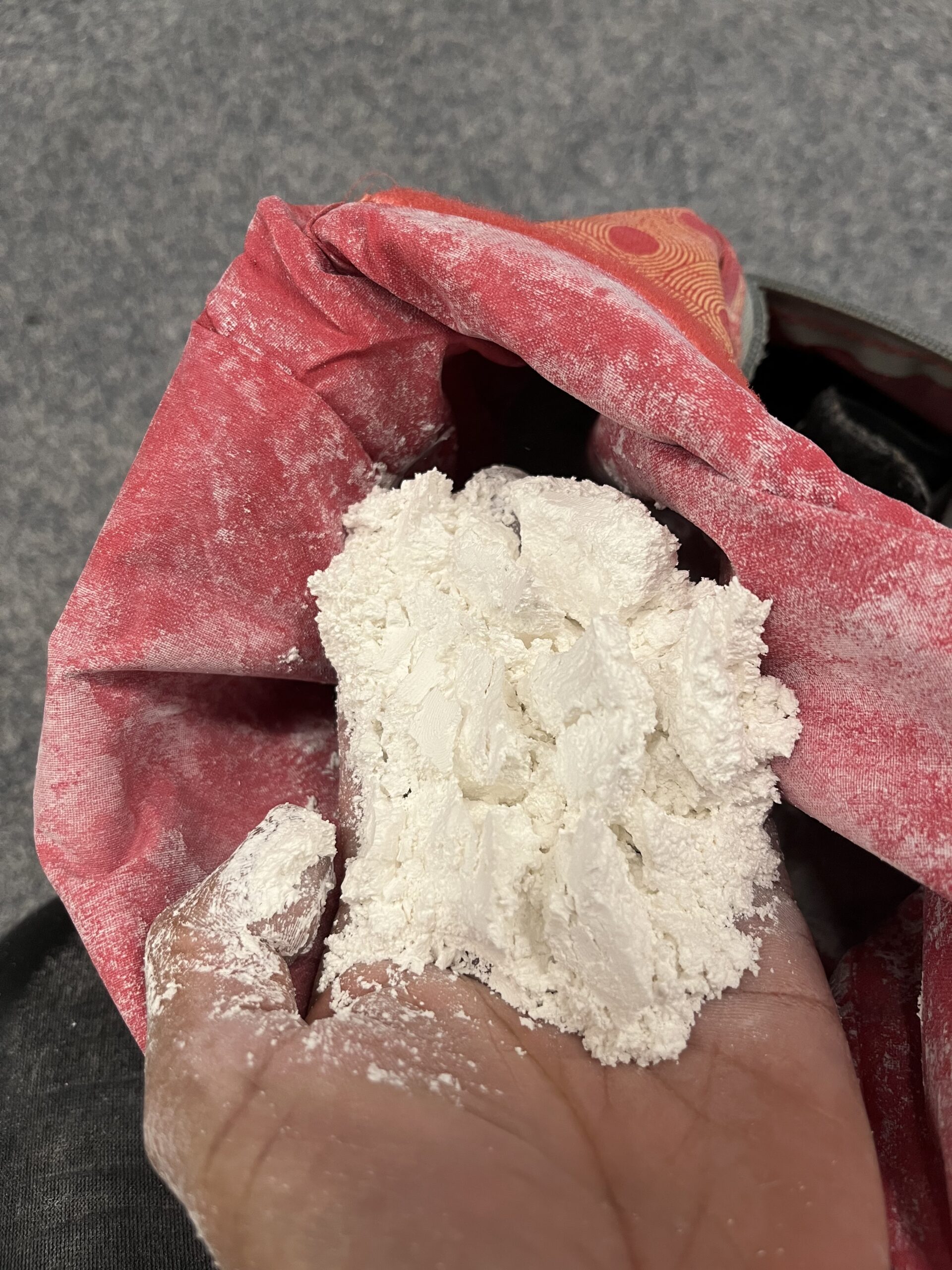
All chalk are the same?
Not all climbing chalk is the same. There are different types of climbing chalk, each with its own properties and benefits. Here are the main types of climbing chalk and their characteristics: 1. Loose Chalk: 2. Chalk Balls: 3. Liquid Chalk: 4. Block Chalk: 5. Blended Chalk: 6. Eco-Friendly Chalk: Key Considerations for Choosing Climbing…
-

When is time to resole climbing shoes?
Resoling climbing shoes can extend their lifespan and maintain their performance. Here are some signs that it’s time to resole your climbing shoes: 1. Visible Wear on the Rubber Sole: 2. Loss of Edging Performance: 3. Hole Formation: 4. Reduced Grip: 5. General Wear and Tear: 6. Comparison with New Shoes: When to Consider Full…
-
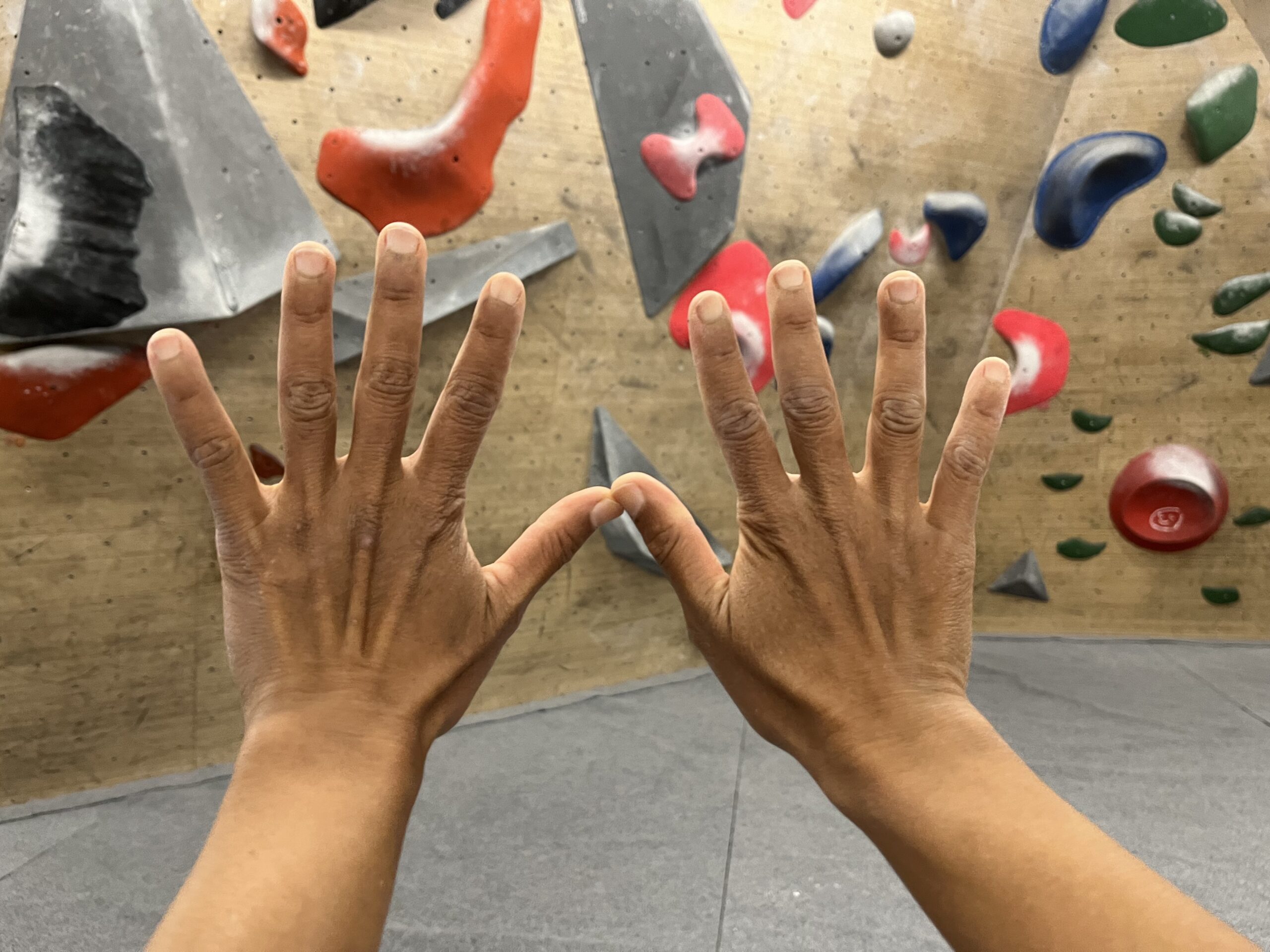
How to prepare fingernails and toes for climbing?
Preparing your fingernails and toenails for climbing is important for maintaining both comfort and safety. Here are some steps to ensure your nails are ready for climbing: For Fingernails: For Toenails: By taking these steps to prepare your fingernails and toenails, you can enhance your climbing experience and prevent discomfort or injury. Regular maintenance and…
-
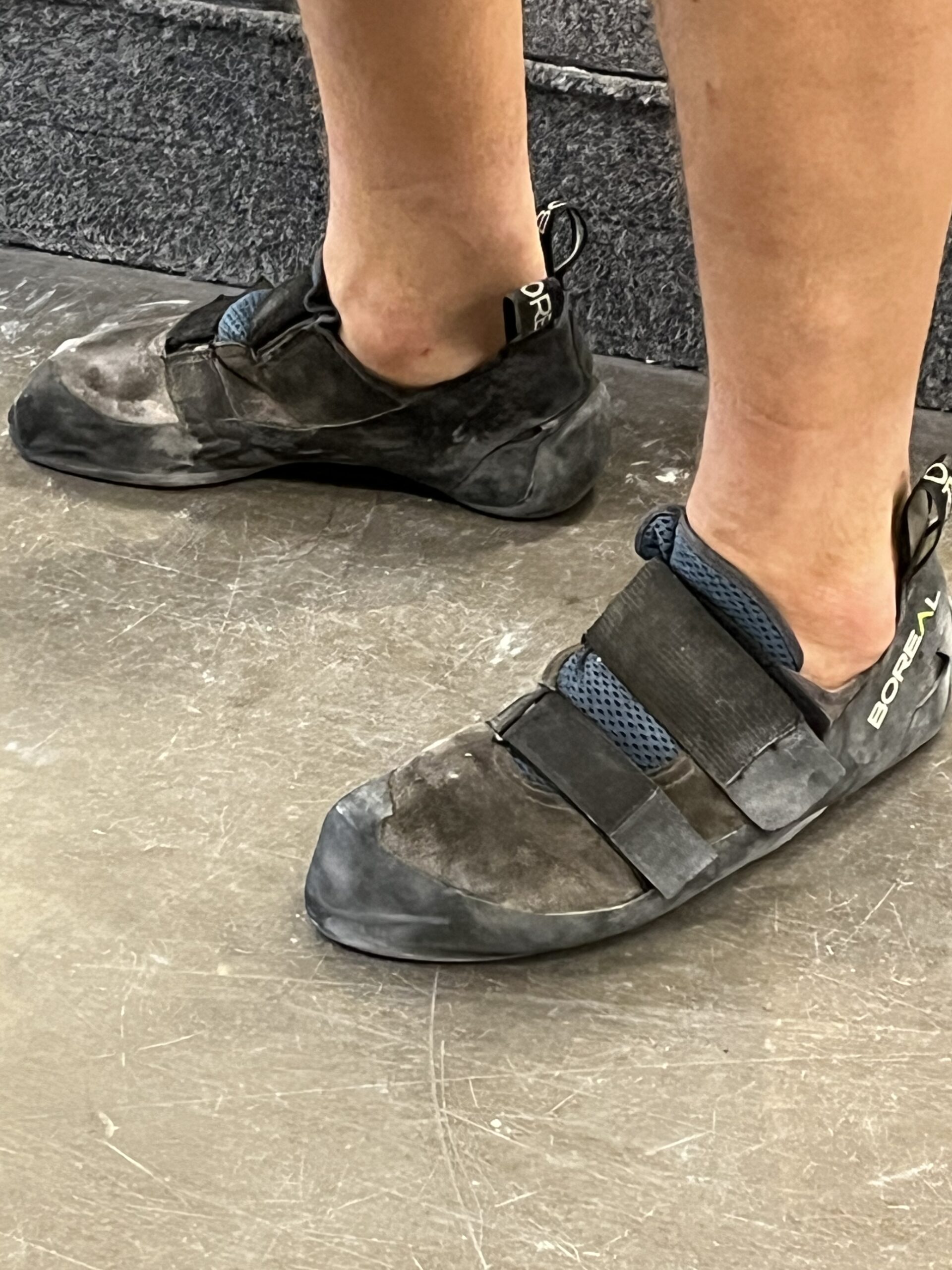
How to fix smelly climbing shoes?
Dealing with smelly climbing shoes can be challenging, but there are several effective methods you can use to eliminate or reduce the odor: 1. Regular Cleaning: 2. Drying Properly: 3. Odor Absorption: 4. Freezing: 5. Foot Hygiene: 6. Rotating Shoes: 7. Insoles and Inserts: 8. Storage: 9. Professional Cleaning: By combining these methods, you can…
-

What is pulley tears?
Pulley tears are injuries that commonly occur in climbers, particularly affecting the fingers. The pulleys are part of the anatomical structure of the fingers, playing a crucial role in the function and stability of the tendons during gripping activities. Here’s a detailed explanation of pulley tears: Anatomy of the Finger Pulley System What is a…
-
Common Climbing Injuries
Climbing is a physically demanding sport that can lead to various types of injuries, ranging from minor to severe. Here are some common injuries that climbers might experience, along with their causes and prevention tips: 1. Finger Injuries: 2. Elbow Injuries: 3. Shoulder Injuries: 4. Knee Injuries: 5. Ankle Injuries: 6. Back Injuries: General Injury…
-
How much sleep do climbers need?
Adequate sleep is crucial for climbers, as it significantly impacts their performance, recovery, and overall well-being. The amount of sleep needed can vary depending on individual factors such as age, activity level, and overall health, but here are some general guidelines and considerations for climbers: General Sleep Recommendations Why Sleep is Important for Climbers Tips…
-
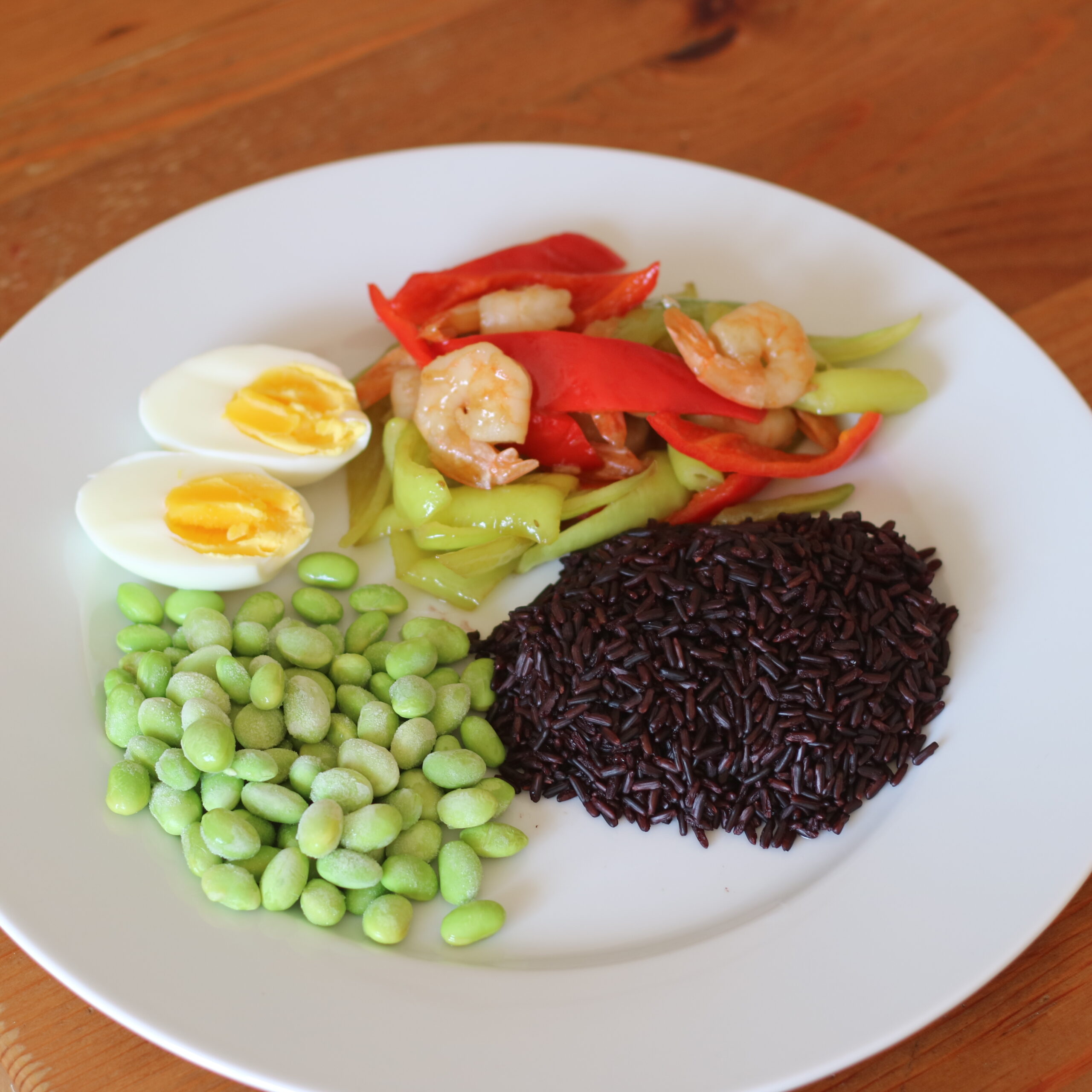
What the climber should eat?
Proper nutrition is crucial for climbers to maintain energy levels, promote muscle recovery, and enhance overall performance. Here’s a guide on what climbers should eat before, during, and after climbing sessions: Before Climbing 1. Carbohydrates: 2. Protein: 3. Healthy Fats: 4. Hydration: Example Pre-Climb Meal: During Climbing 1. Quick Carbohydrates: 2. Hydration: Example Snacks During…